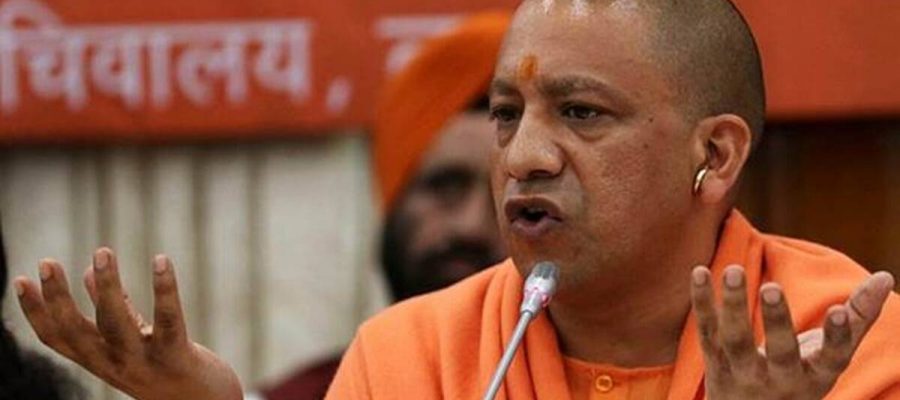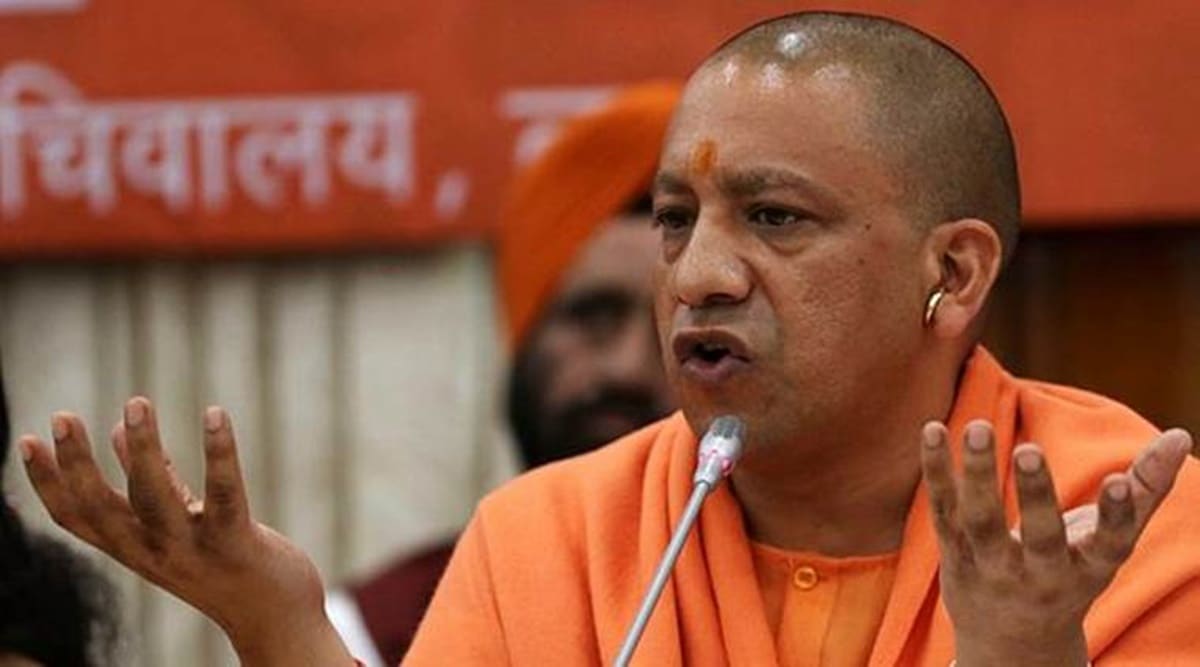According to party insiders, the document was prepared to counter the Opposition’s narrative about the government’s mishandling of the pandemic during the second Covid wave in April and May.
With next year’s Assembly elections in mind, the Uttar Pradesh BJP has decided to send its office-bearers, senior leaders, Cabinet ministers, spokespersons and grassroots workers a five-page document on the state government’s “effective Covid-19 management”, and asked party workers to reach out to people about the state’s efforts to mitigate the crisis.
According to party insiders, the document was prepared to counter the Opposition’s narrative about the government’s mishandling of the pandemic during the second Covid wave in April and May. At the time, parties such as the Samajwadi Party, the Aam Aadmi Party and the Congress had attacked the state government over “oxygen shortage and bed unavailability in hospitals” and accused it of manipulating the actual toll. Images of over-burdened crematoriums and dead bodies on the banks of the Ganga were widely shared on social media at the time even as social media sites were flooded with SOS messages from families of patients struggling to get their loved ones treated in medical facilities.
Sources in the BJP on Wednesday said the document was prepared following BJP general secretary for organisation BL Santhosh’s visits to the state in late May and early June during which directions were issued to increase coordination between the government and the party. After the meetings in Lucknow, Santhosh held a series of meetings in Delhi. Subsequently, Chief Minister Yogi Adityanath went to Delhi on a two-day visit and met Prime Minister Narendra Modi, Union Home Minister Amit Shah and BJP president JP Nadda.
State BJP spokesperson Hero Bajpayee said the document on the “UP model” of Covid management would help party workers answer questions about the Adityanath administration’s handling of the pandemic.
“All that the government and the party have done for the people needs to reach till the lower levels. This includes all we did for the public, steps taken during the Covid time, what we did on the ground level in the villages. Generally what happens is that workers are so involved in their own area and own works that they are not aware of many things happening at the upper level. Sometimes they do not remember everything. We have a lot of achievements on the national level and at times that is all we remember. In that, unfortunately, the achievements of the state or the district are overlooked,” Bajpayee told The Indian Express.
He added, “If someone reaches out to our workers and says things like 10 people died there, the worker does not know what to respond. Therefore, all the office-bearers and spokespersons will go to districts and the headquarters. They will reach out to the people, talk to the local press and will spread the message. All of us spokespersons will also visit all districts and arrange conferences to talk to the local press. The party will take this to the people. The document of 60 pointers is part of the same. It will be sent to all spokespersons, district units and ground-level workers.”
Titled “Corona Prabandhan ka UP Model [The UP model of Covid management]”, the document has 20 sections, each containing three bullet points. The document contains information about steps the government claims it took during the second wave, including aggressive testing drives, doorstep screening, treatment, vaccination, oxygen conservation, formation of the Team 9 response group, preparations for the possible third wave, and the active involvement of Adityanath.
To counter the Opposition’s allegations, the document mentions how the state administration relaxed the curbs for industrial units during the Covid-induced curfew and provided compensation to labourers. According to it, more than 5.6 crore tests were conducted, which is more than 30 per cent of its population. The government claims it increased oxygen supply from 250 metric tonnes to 1,000 metric tonnes per day following the oxygen scarcity.
Source: Read Full Article


